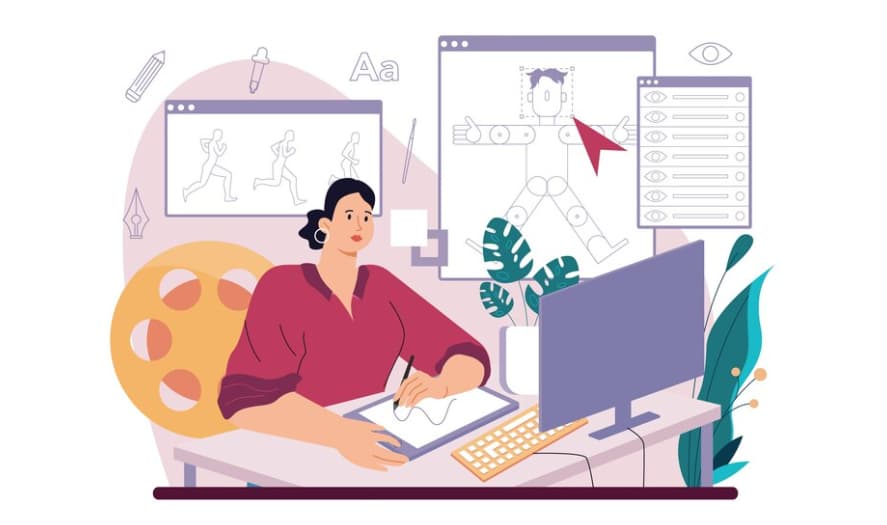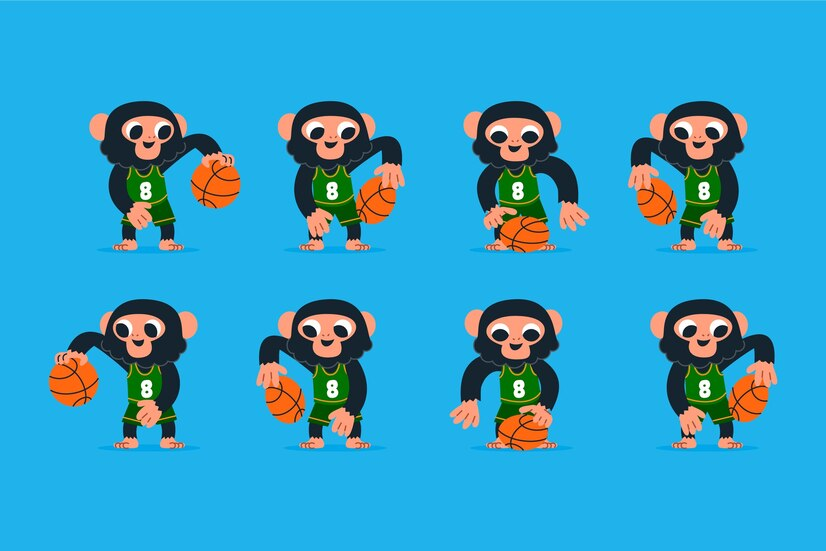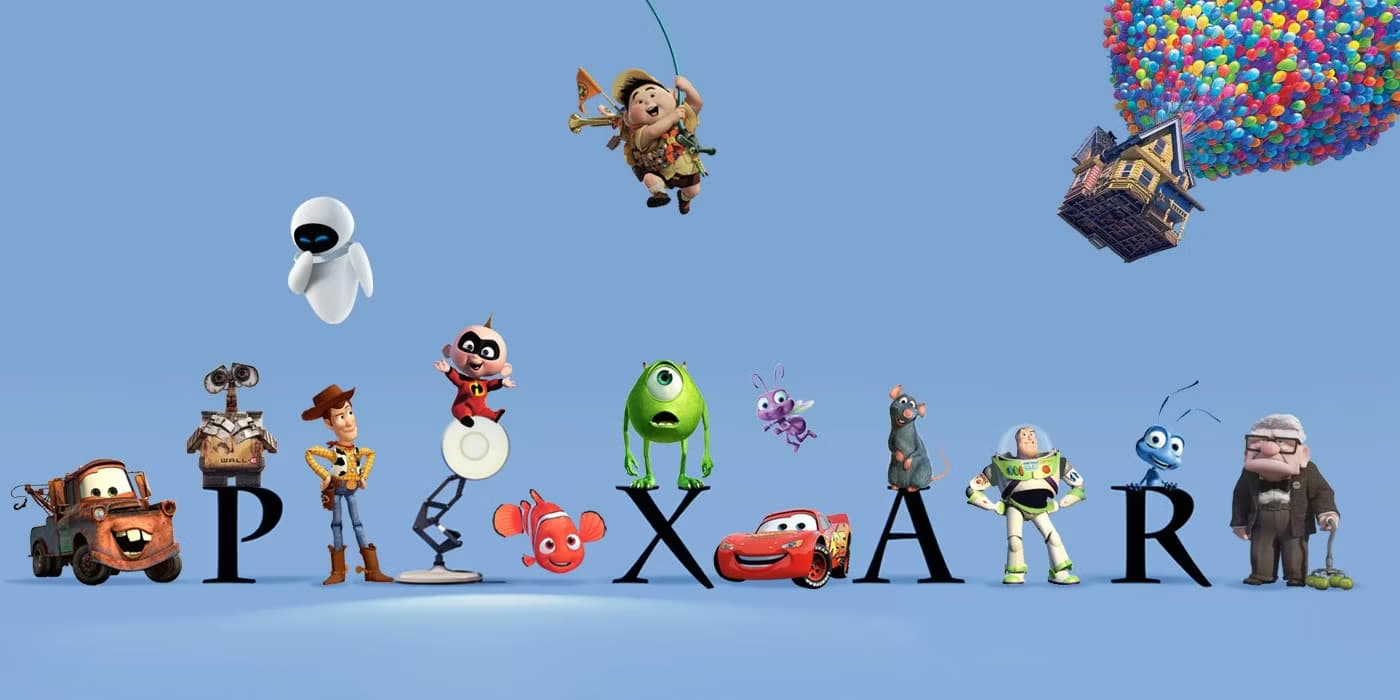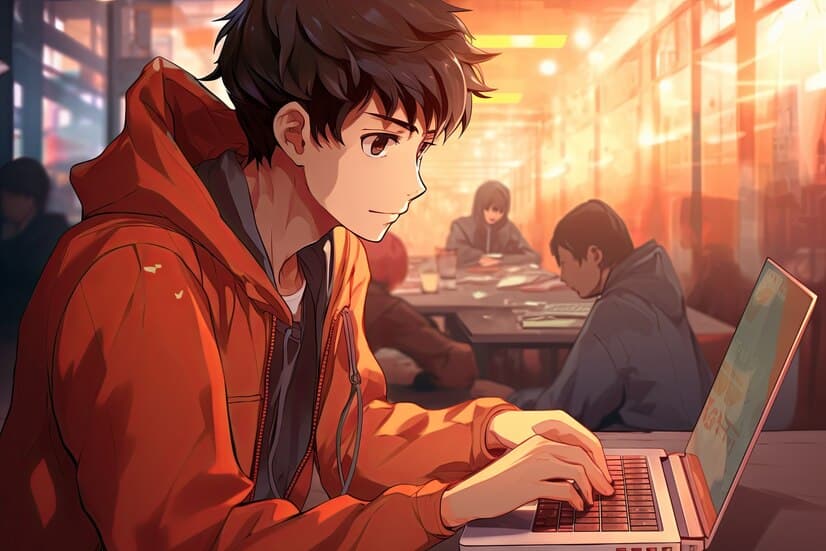The animation industry anticipates a surge in demand for various studio positions. Ranging from traditional animation methods to state-of-the-art computer-generated imagery, there’s a call for proficient individuals capable of translating imaginative concepts into compelling visuals.
This article delves into the top 10 animation studio roles. It provides an in-depth look at the skill sets and credentials essential for each position, alongside an analysis of prevailing job market dynamics and prospective career pathways. Stay tuned as we unveil the exciting opportunities awaiting aspiring animators and industry professionals alike.
Exploring Diverse Roles in Animation Studios
Discover a myriad of career opportunities within animation studios as we unveil a spectrum of ten dynamic roles:
Animation Casting & Talent Manager
- A vital figure within the animation industry, the Animation Casting & Talent Manager is entrusted with overseeing all casting and talent-related facets of animated productions;
- Their primary responsibility involves sourcing and securing voice actors, character designers, and additional creative talents essential for bringing animated projects to fruition.
In close collaboration with the production team, the Animation Casting & Talent Manager meticulously comprehends the project’s vision and specifications before embarking on the quest to assemble the perfect ensemble of talent. This may entail scouting for emerging artists, coordinating auditions, and liaising with agents to negotiate contracts and secure top-tier talent for the project’s success.
In essence, the Animation Casting & Talent Manager serves as the linchpin between creative vision and execution, ensuring that the right talents are enlisted to breathe life into animated worlds with finesse and distinction.
Animation Writer
- An Animation Writer serves as the creative architect behind the narrative tapestry of animated productions, tasked with crafting captivating storylines, dynamic characters, and engaging dialogue;
- Excelling in the craft of storytelling, Animation Writers wield their formidable writing prowess to fashion intricate characters and compelling plot arcs that captivate audiences across generations.
Collaboration lies at the heart of their role, as Animation Writers seamlessly integrate their creative vision with that of fellow writers, artists, and producers. Together, they orchestrate a harmonious synergy, ensuring that every element of the animation aligns cohesively with the overarching project vision.
In essence, Animation Writers are the maestros of imagination, weaving together threads of creativity to craft immersive animated worlds that resonate deeply with viewers of all ages.
Animation Technical Director (TD)
- Within the animation industry, an Animation Technical Director (TD) assumes a pivotal role, focusing on the technical intricacies of the production pipeline;
- Their primary objective is to guarantee the smooth operation of animation software and tools while providing essential support to artists for realizing their creative visions.
Collaborating closely with the animation team, the Animation TD adeptly troubleshoots technical hurdles, offers indispensable support, and pioneers innovative tools and workflows to streamline production.
Moreover, their collaborative spirit extends beyond the confines of the animation department, as they liaise with other crucial divisions like lighting and effects. This ensures the seamless integration of animation components into the final product, thereby enhancing the overall quality and cohesiveness of the project.

Storyboard Artist
- A Storyboard Artist is a crucial member of the animation industry, tasked with translating script and story concepts into visual form for animated productions;
- Collaborating closely with the animation writer, director, and production team, the Storyboard Artist plays a pivotal role in shaping the project’s visual aesthetics and narrative direction.
Utilizing their artistic skills, they meticulously craft sketches and drawings that illustrate scene compositions, camera perspectives, character actions, and dialogue exchanges. These visual blueprints serve as a roadmap for the animation team, guiding them in bringing the story to life with precision and creativity.
Animator
- An animator holds the pivotal role of imbuing characters, objects, and environments with vitality through movement and expression;
- Working closely with the creative team, they contribute to shaping the visual identity and narrative trajectory of the project before employing diverse animation techniques and software to realize the final vision.
A fusion of artistic prowess and technical acumen is essential for animators. They must possess a keen eye for detail, a deep understanding of anatomy, motion dynamics, and timing intricacies. This enables them to animate characters with authenticity, infusing them with nuanced movements that effectively convey emotions and personalities, thereby enriching the viewer’s immersive experience.
Character Designer
- A Character Designer specializes in the creation and conceptualization of characters across a spectrum of media platforms, including video games, animation, comic books, and films;
- Their primary responsibility lies in crafting the appearance, personality, and overall aesthetic of characters, ensuring alignment with the project’s overarching vision and thematic tone;
- This entails close collaboration with writers and directors to breathe life into characters that resonate with audiences.
Character designers wield exceptional drawing and illustration skills coupled with a profound understanding of anatomy, proportion, and design fundamentals. They leverage various software tools and techniques, such as digital drawing tablets, 3D modeling software, and animation software, to meticulously craft and refine their designs to perfection.
Imagination, creativity, and collaborative prowess are hallmark traits of successful character designers, enabling them to thrive within dynamic creative teams while bringing unique visions to life across diverse media landscapes.
Art Director (AD)
An Art Director in the realm of animation plays a pivotal role, guiding the aesthetic and visual elements of an animation project. This professional is not only pivotal in shaping the look and feel of the animated narrative but also ensures a harmonious integration of visual elements across different departments, including animation, lighting, and special effects. This collaboration is essential for achieving a unified and visually compelling outcome.
Background Artist
In the world of animation, a Background Artist is tasked with crafting the scenes and settings where the story unfolds. Working in tandem with the Art Director and the creative team, they contribute to the visual narrative by establishing the ambiance and visual context of the project. Possessing robust artistic capabilities, these artists excel in generating intricate and evocative backgrounds that elevate the narrative and emotional depth of the animation. They might employ a variety of techniques, from digital artistry to traditional drawing, to bring their visions to life.
Concept Artist
Concept Artists are the visionaries who lay the groundwork for the visual domain of a project, wielding their artistic flair, design acumen, and imaginative prowess. Their role encompasses the creation of pivotal visual elements, including characters, settings, objects, and more, thus laying the foundation for the project’s visual identity. These artists thrive in a collaborative environment, effectively conveying their ideas to the creative team while being flexible to adjustments and client or lead feedback.
With backgrounds often rooted in fine arts, illustration, or graphic design, Concept Artists leverage a broad toolkit, including digital painting software and 3D modeling tools, to craft their innovative designs. Their ability to meet demanding deadlines and adapt to evolving project needs is crucial in bringing the creative vision to fruition.
Compositor
- A Compositor stands as a crucial figure within the visual effects (VFX) landscape, tasked with the intricate process of blending various elements—including computer-generated imagery (CGI), live-action footage, and animation—into a unified and visually compelling narrative;
- Operating in the post-production phase across a multitude of platforms such as film, television, and digital media, they play a pivotal role in crafting the final visual presentation that audiences see.
To achieve a believable and immersive visual experience, Compositors must be adept in visual storytelling, adept at employing color theory, and skilled in the art of composition. Their collaboration extends across the VFX domain, working synergistically with 3D artists, animators, matte painters, and other specialists to ensure a flawless integration of all visual components.
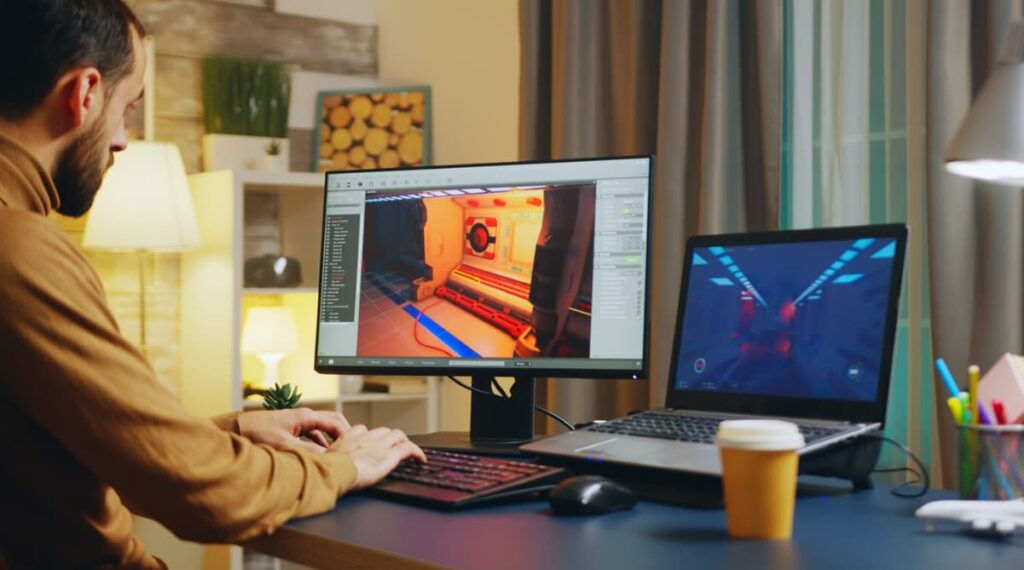
Effects Technical Director (FX TD)
- The realm of visual effects also sees the pivotal role of Effects Technical Directors (FX TDs), who harness advanced software and technological tools, including but not limited to Houdini, Maya, and Nuke;
- Their expertise lies in crafting and incorporating sophisticated effects that elevate the visual narrative of the final production.
In a field that demands precision and creativity, FX TDs are renowned for their ability to navigate tight timelines and collaborate closely with the broader VFX team. This collaboration ensures that the effects not only stand out on their own but also fit seamlessly within the overall visual scheme.
FX TDs embody a unique blend of technical prowess and creative insight, often with backgrounds in fields such as computer science, physics, or mathematics, which underpin their understanding of 3D graphics and animation. Their roles demand a meticulous attention to detail, analytical thinking, and problem-solving capabilities, making them indispensable in the creation of captivating visual effects.
FAQs
An animation director oversees and guides the animation process, managing animator teams to ensure the project aligns with its creative vision. On average, animation directors earn between $120,000 to $150,000 annually
The demand for animation roles varies based on industry and trends. However, some consistently sought-after positions include Animation Casting & Talent Manager, Animation Technical Director (TD), and Animation Writer.
Absolutely. Roles such as visual development artists, character technical directors, 3D modelers, animation art directors, and forensic animators rank among the top earners in the field. Hence, animators have the potential to achieve significant wealth!
Conclusion
The realm of animation stands as a thriving and dynamic industry, brimming with possibilities for skilled individuals seeking fulfilling vocations. In the ever-evolving landscape of animation studios, there exists a plethora of sought-after positions. From storyboard artists to character designers, animators to technical directors, the top 10 in-demand roles reflect a diverse array of talents and specialties. As technological advancements propel the industry forward and fresh avenues for animation unfold, its trajectory toward expansion remains undeniable. These coveted roles are not only vital today but are poised to maintain their significance well into the future, amidst an era of continual growth and innovation.
